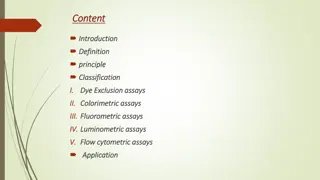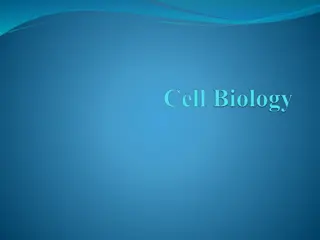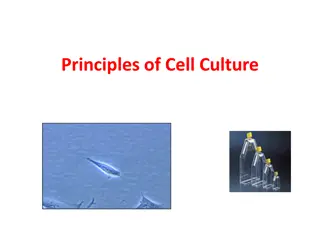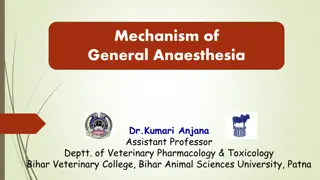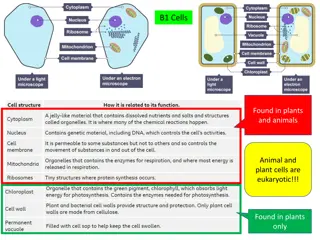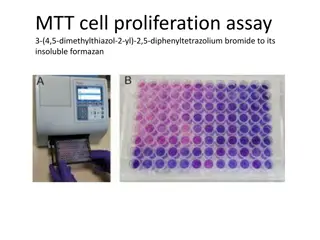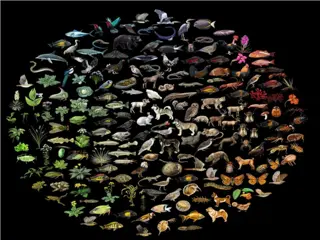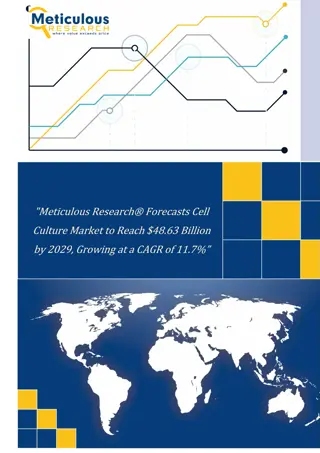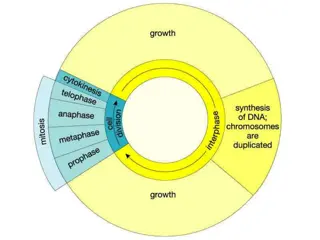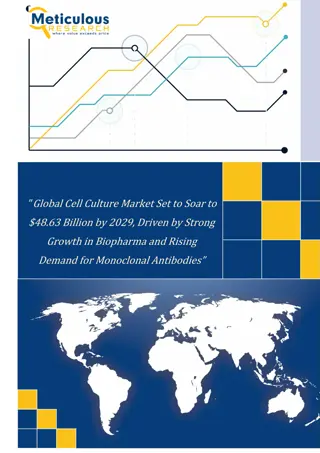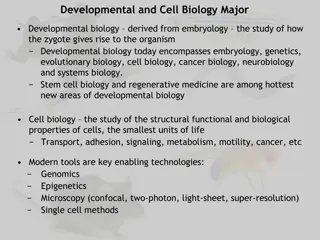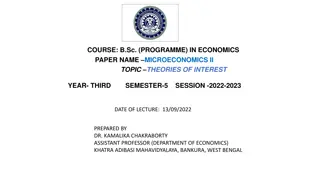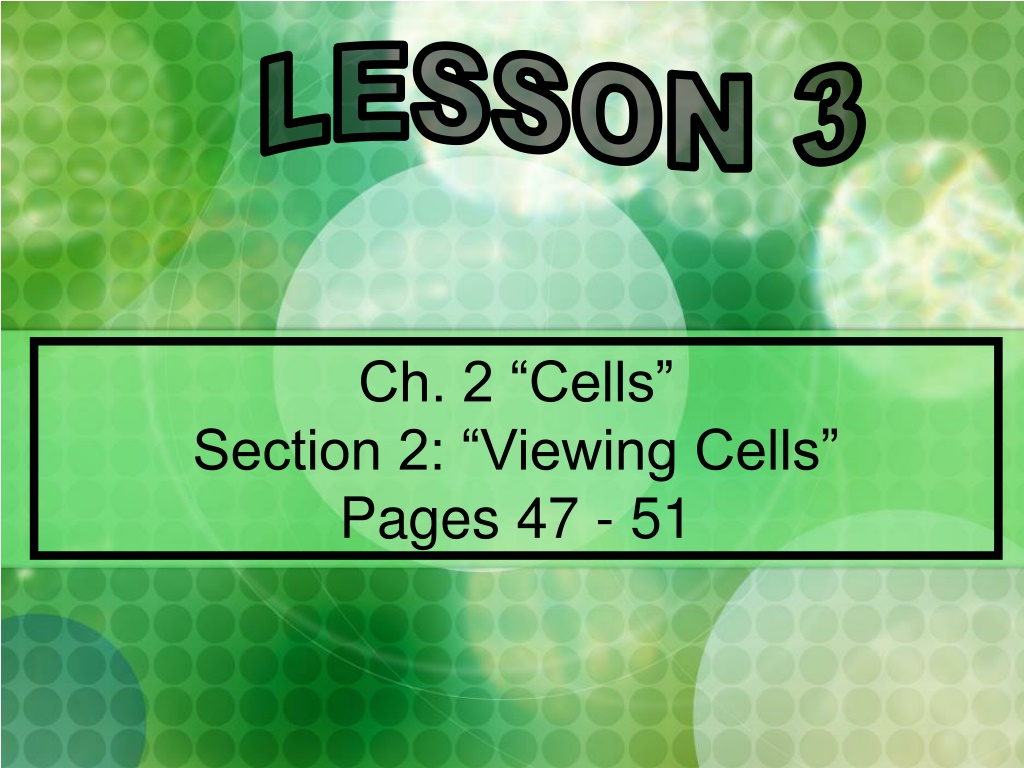
Exploring the Fascinating World of Microscopes
Dive into the historical evolution and modern advancements of microscopes, from the early creations of Zacharias Janssen and Leeuwenhoek to the powerful electron microscopes of today. Learn about the different types of microscopes, their components, magnification capabilities, and how they revolutionized scientific discoveries. Discover the wonders revealed through these lenses and beams of electrons.
Download Presentation

Please find below an Image/Link to download the presentation.
The content on the website is provided AS IS for your information and personal use only. It may not be sold, licensed, or shared on other websites without obtaining consent from the author. Download presentation by click this link. If you encounter any issues during the download, it is possible that the publisher has removed the file from their server.
E N D
Presentation Transcript
LESSON 3 Ch. 2 Cells Section 2: Viewing Cells Pages 47 - 51
EARLY MICROSCOPES Zacharias Janssen - made 1st compound microscope a Dutch maker of reading glasses (late 1500 s)
Leeuwenhoek made a simple microscope (mid 1600 s) magnified 270X Early microscope lenses made images larger but the image was not clear
Leeuwenhoek's microscope A) a screw for adjusting the height of the object being examined B) a metal plate serving as the body C) a skewer to impale the object and rotate it D) the lens itself, which was spherical
MODERN MICROSCOPES A microscope is simple or compound depending on how many lenses it contains A lens makes an enlarged image & directs light towards you eye
A simple microscope has one lens Similar to a magnifying glass Magnification is the change in apparent size produced by a microscope
COMPOUND MICROSCOPE A compound microscope has multiple lenses (eyepiece & objective lenses)
STEREOMICROSCOPE creates a 3D image
TOTAL MAGNIFICATION Powers of the eyepiece (10X) multiplied by objective lenses determine total magnification.
ELECTRON MICROSCOPES More powerful; some can magnify up to 1,000,000X Use a magnetic field in a vacuum to bend beams of electrons Images must be photographed or produced electronically
Scanning Electron Microscope (SEM) Electron microscope image of a spider produces realistic 3D image only the surface of specimen can be observed Electron microscope image of a fly foot
Transmission Electron Microscope (TEM) produces 2D image of thinly sliced specimen detailed cell parts (only inside a cell) can be observed
Scanning Tunneling Microscope (STM) able to show arrangement of atoms
CELL THEORY A theory resulting from many scientists observations & conclusions
CELL THEORY 1. The basic unit of life is the cell. (Hooke) In 1665, an English scientist named Robert Hooke made an improved microscope and viewed thin slices of cork viewing plant cell walls Hooke named what he saw "cells"
CELL THEORY 2. All living things are made of 1 or more cells. Matthias Schleiden(botanist studying plants) Theodore Schwann(zoologist studying animals) stated that all living things were made of cells Schwann Schleiden
CELL THEORY 3. All cells divide & come from old cells. (Virchow) Virchow
This powerpoint was kindly donated to www.worldofteaching.com http://www.worldofteaching.com is home to over a thousand powerpoints submitted by teachers. This is a completely free site and requires no registration. Please visit and I hope it will help in your teaching.


